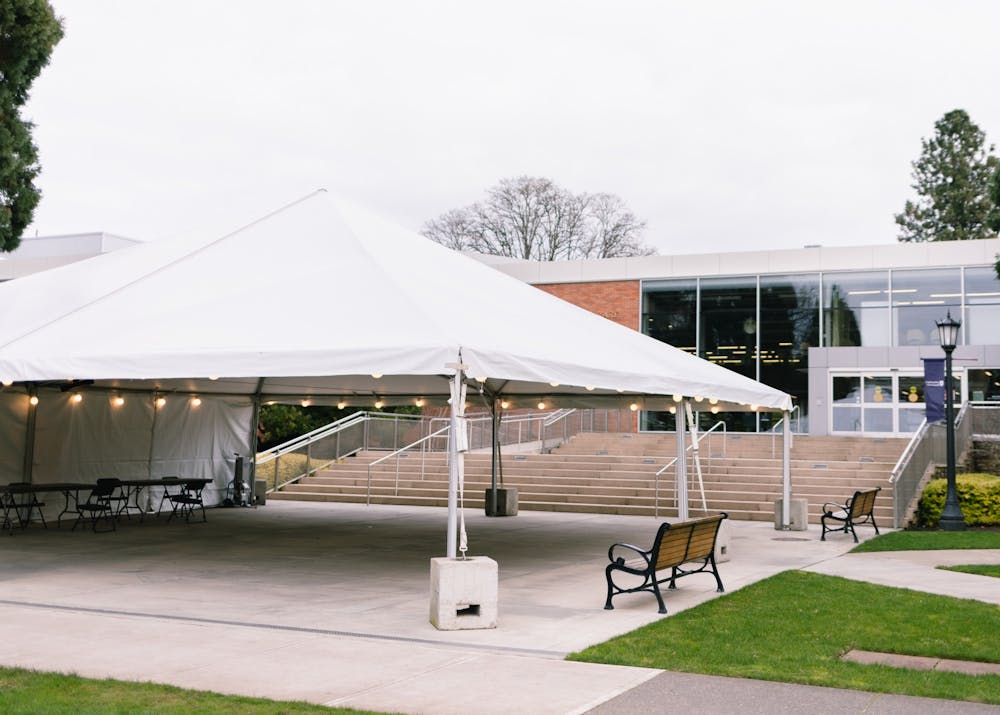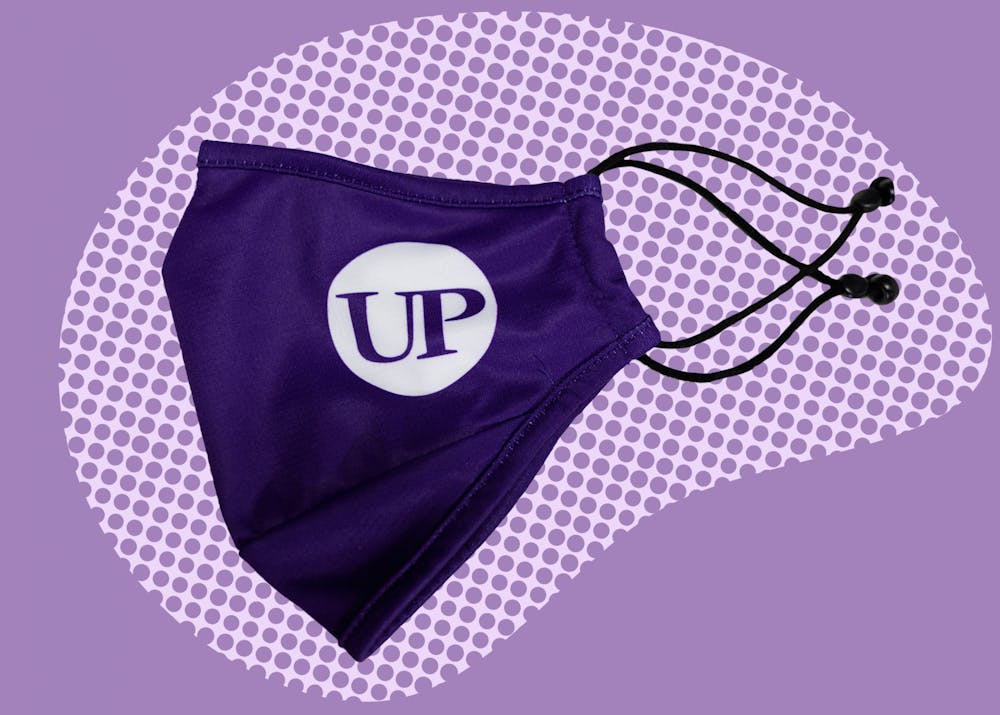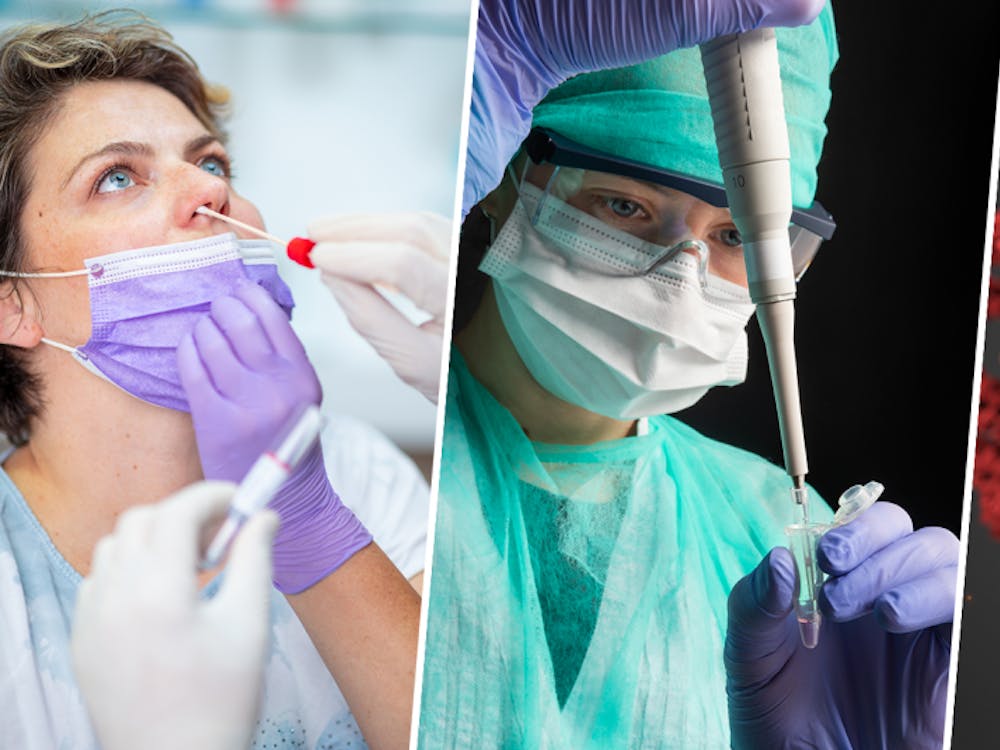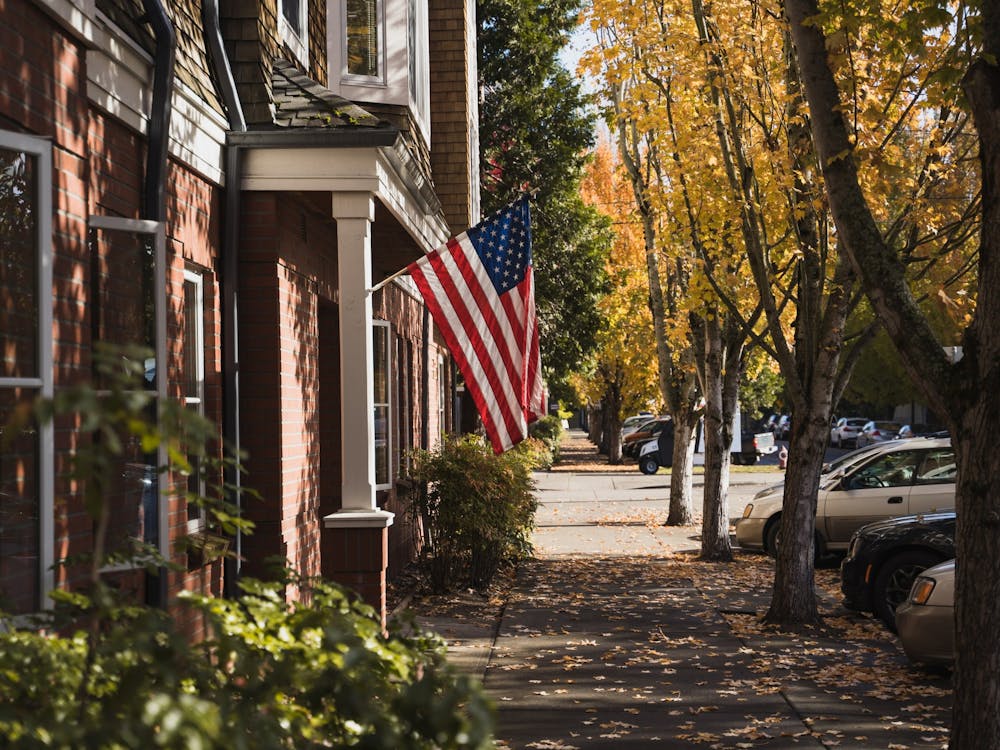More than 800 students are now into their third week of living on campus during a pandemic. It’s anything but a normal semester. In fact, because of COVID-19, it can be downright confusing what’s open and what’s not. Here is what is available — and what isn’t.
Masks are required at all times, everywhere on campus. The only exceptions are eating outdoors and if students are in their dorm room alone or with their roommate. Athletes are allowed to take their masks off while they practice, but must wear them at all other times.
Off-campus students:
Off-campus students have access to the gym and library with their ID cards. To get this access, students are required to sign the Pilots Prevent Pledge and download the Carbon Health App before going on campus. Students need to submit a screenshot on the Pilots Prevent website as proof that they registered for Carbon Health.
While students who are living on campus follow a strict testing regimen, off-campus students are not required to get a test to get on campus. They are entered into a testing pool, and could get randomly chosen.
Before getting access to campus, “Off-campus students don’t ‘get tested,’” Matthew Rygg, associate vice president for student development, said in an email. “They become part of the surveillance pool and will eventually be notified by the app and text that they have been chosen for testing. Unless they become symptomatic, then they should get a test at the HCC.”
When off-campus students are chosen to get randomly tested, they can get the test administered in the Lund Annex.
Library:
The Clark Library opened Monday Feb. 1 as a study space. The library is open Monday through Thursday from 10 a.m. to 8 p.m., Friday and Saturday from 10 a.m. to 4 p.m. and Sunday from 1 p.m. to 8 p.m. There are 52 reservable seats and 48 first come, first served, seats on the first floor. Four study rooms are also available to reserve. One person is allowed per room.
Students are required to wear masks at all times. There are single seats at tables that are spread out to accommodate social distancing. There is no food allowed in the library, according to their website.
All of the online reserves that were available last semester are still open to students. The Digital lab is also open through phone consultations Monday, Wednesday and Friday from 10 a.m. to 1 p.m.

The Clark Library is open to both on and off campus students.
Beauchamp:
Beauchamp Recreation Center opened an outdoor workout space for students on Feb. 1. The gym will be open Monday, Wednesday and Friday from 10 a.m. to 6 p.m. Students can enter in the tent on the west side of Beauchamp.
20 students are allowed at a time first come, first serve, and each workout is limited to one hour. There are student workers at the front checking students in and screening them for COVID-19 symptoms and exposure.
On Campus Students:
The students living on campus are following strict guidelines in the residence halls to make sure everyone stays safe.
Students are only allowed in their own residence halls, according to Hale. Residents are also allowed in other people’s dorm rooms, if everyone is wearing a mask. There is not a definitive cap on the number of students allowed in each room. It is just required that everyone stays six feet apart, according to freshman Lizzie Wisely.
“We are all very dedicated to not messing it up, we don’t want to get sent home,” Wisely, who lives in Fields Hall, said. “We don’t want a whole bunch of people to get sick. So whatever we have to do, all of us want to be here...I think that it’s really hard because it’s not a normal time and we want to be with our people but we’re doing the best that we can, and everybody for now is following the mask rules.”

Heated tents are set up across campus as safe outdoor gathering spaces for students.
There are tents around campus that students can socialize in, so they can safely mingle when it is raining. According to Wisely and Vice President of Student Affairs Fr. John Donato, the school is getting chairs and heaters put in the tents to better accommodate students.
“We had this experience outside Schoenfeldt and Fields, where one of the students came out and was the DJ and other people were throwing baseballs and frisbees…,” Donato said. “There was a lot of energy and interaction...They went up and got changed and got food and sat in a circle and ate.”
Dining:
The Commons is open for take out only. Students can eat in their dorm rooms, or in the outdoor tents around campus. Breakfast is served from 7:30 a.m. to 10:30 a.m., lunch is from 11 a.m. to 2 p.m. and dinner is from 5 p.m. to 8 p.m.
When students enter The Commons, they are expected to remain socially distant as they grab their food and quickly exit.
“Our main concern is providing food service that is hot, ready to go, and expedient...” Kirk Mustain, the general manager of Cafe Bon Appetit said. “Just making sure that we keep all the distancing protocols in place and all the cleaning and all of those things. You know the last thing anybody wants is any kind of break out.”
More information about The Commons is available here.
Conduct:
Student conduct this year looks a little different for UP students. "Life on the Bluff" policies still apply for all students, according to Hale; however, now students are held to COVID-19 safety standards as well. Mask wearing is enforced and students who continuously fail to comply could have a meeting with their hall director or assistant hall director, according to the COVID-19 Behavior Accountability Plan.
According to Tyler Hale, students living off-campus could face consequences for actions that would have been totally acceptable in previous years. Last semester students living off-campus complied better than many other schools. However, off-campus parties are still a major concern for a super-spreader event, according to Hale.
According to Donato, the school will loosen restrictions in accordance with Governor Kate Brown’s guidelines. This includes opening the gym at a higher capacity and dining in the commons. Oregon is in the “extreme-risk” category, right now.
“Outdoor dining will be allowed, with new guidelines and restrictions Retail stores will be limited to 50% of capacity,” the Multnomah county website reads about the extreme risk category. “Indoor faith gatherings are restricted to max 25% capacity or 100 total (whichever is smaller), 150 outdoor. Indoor and outdoor social and at-home gatherings will continue to be restricted to 6 people max, with a recommended limit of 2 households.”
Fiona O’Brien is a reporter for The Beacon. She can be reached at obrienf21@up.edu.








